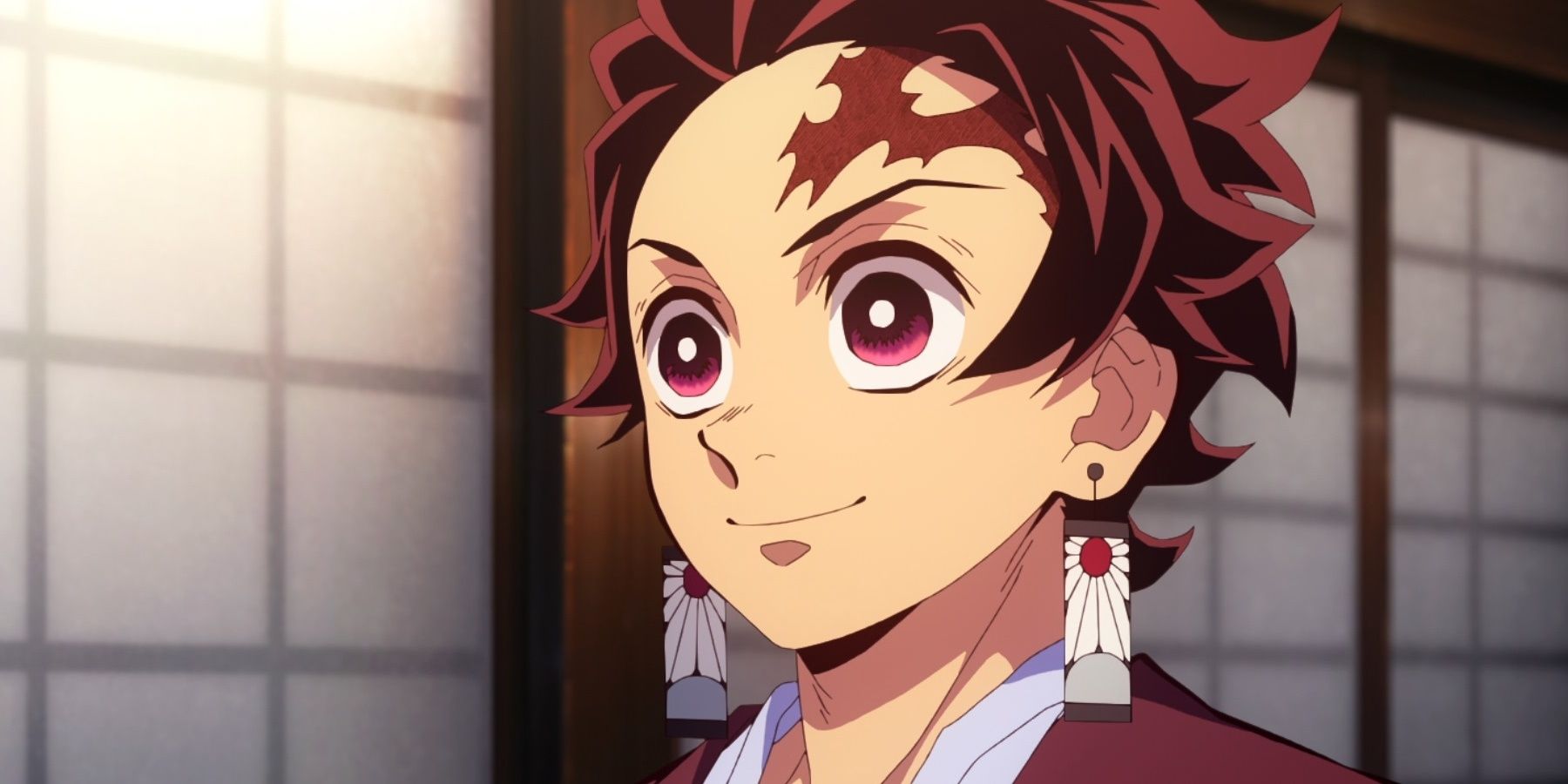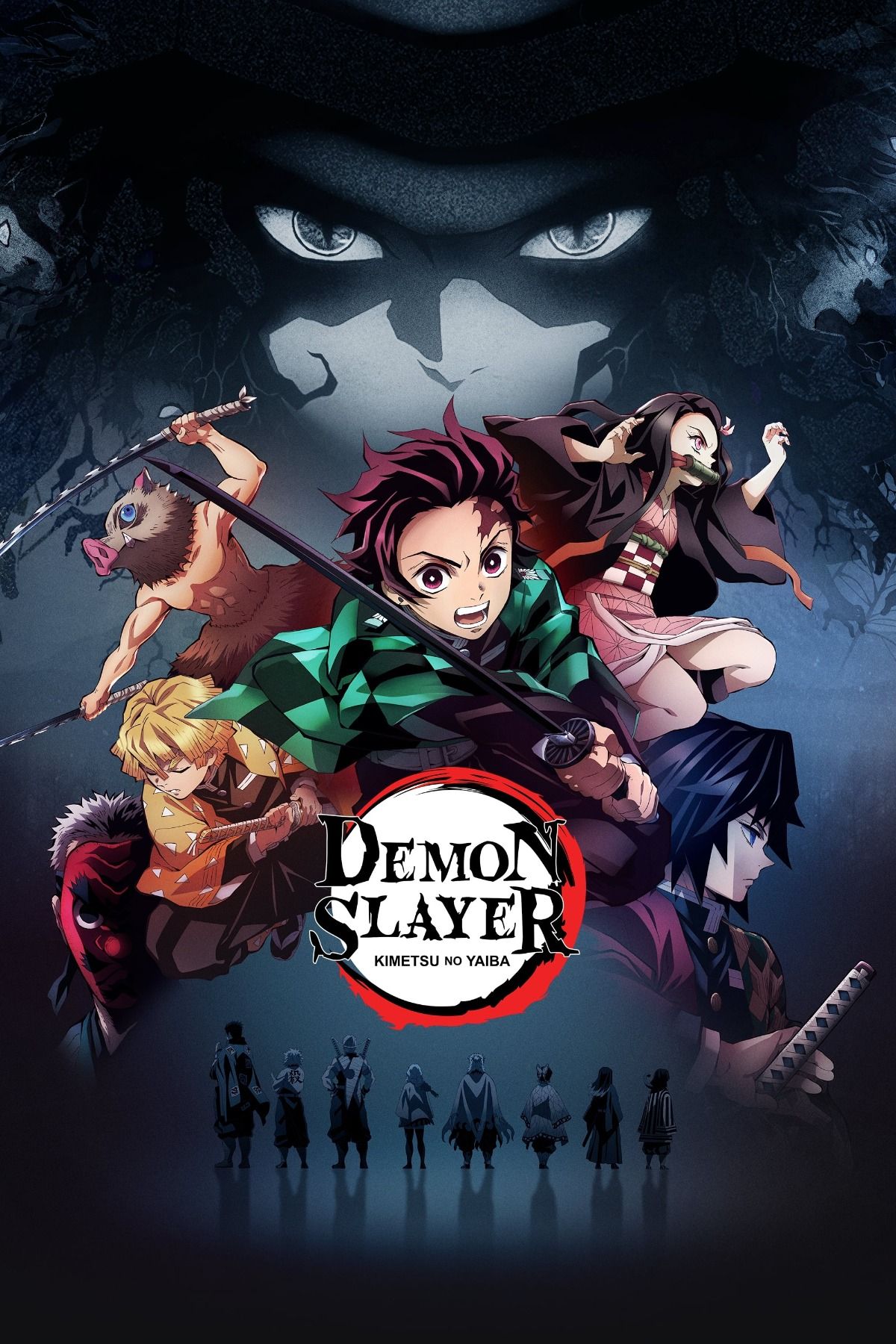Some shonen anime series, such as Naruto and One Piece, are set in their own unique worlds, so there's no telling when exactly they take place. The creators are free to draw upon real-life inspirations and use anachronistic technology, such as VCRs and televisions in a pre-industrial ninja world or high-tech superweapons in a world of sailships. By contrast, anime like Demon Slayer are set in the real world, so authors like Koyoharu Gotouge must decide what the time frame is.
In Demon Slayer's case, the story is set in the Taisho period, which spanned July 30th, 1912, to December 25th, 1926. For the most part, this historical setting and its details are simply entertaining fluff for fans of Japanese history, and no events in Demon Slayer require the viewer to know what year it is. Still, fans might find more thematic depth in Demon Slayer's narrative if they put Tanjiro Kamado's journey in the context of real-life Japan, and see how that transformative era of Japanese history may have inspired some of Demon Slayer's plot twists and themes.
Demon Slayer's Taisho Setting Shows Japan's Breathtaking Changes Up Close
In Japan's real-life history, Westernization began in the Meiji era, with more and more Western influence shaping Japan's fashion, technology, and more. At that time, Japan almost seemed like two worlds in one, and that continued in the Taisho period, too. By then, Japan was getting itself involved in world affairs, such as its small but very real role in World War I, and ever-increasing militarization with rifles, planes, and more. For everyday citizens, many aspects of traditional Japanese life remained, as the Demon Slayer anime shows, but there's also no denying the nation's transformation. Even in Episode 1, "Cruelty," protagonist Tanjiro Kamado visited a town that had telephone poles and cables around, which almost looked out of place after Tanjiro left his modest family home in the mountains. That scene took place in 1913, early in the Taisho period.
Even if the Demon Slayer anime is clearly not meant to be an in-depth analysis or comment on Japan's rapid changes in that period, the Taisho period's modernization still provides a fascinating backdrop for Tanjiro's demon-slaying adventures, and it adds an air of unpredictablity to the series, too. That sets it apart from a time-based isekai like Inuyasha, which takes place around 500 years before the modern era, long before anyone in Japan ever saw a top hat or a telephone. Historical anime series like Inuyasha are set in a world far removed from anything anime fans know today, but Demon Slayer is balanced between past and present in the Taisho period to create a dynamic setting. Some scenes take place in old-fashioned places like the swordsmith village, while others are set in Tokyo, a place of electric lights, cable cars, and Western suits. Even Muzan Kibutsuji the demon king embraced that change with his surprisingly modern outfit.
Demon Slayer has the right cast of characters to explore the rapid changes and modernization in Japan's Taisho period, since Demon Slayers have business both in old-fashioned towns and modern cities like Tokyo. Tanjiro almost felt like a man of two worlds in Demon Slayer's first season, being a country bumpkin who had seen telephone poles in local towns but was blown away when he saw the lights and cable cars of Tokyo, more specifically in Asakusa. That went double for Inosuke Hashibira, who mistook a steam train for a giant living animal until Zenitsu explained its true nature to him. Such jarring changes in the Taisho period gave Demon Slayer a slight isekai feel, despite not being an isekai anime in any sense. The heroes are standing in two overlapping worlds as Japan charges forth into its Western-inspired future, and it's not just a novelty, either. That narrative also affects how the combat scenes play out.
Demon Slayer's Taisho Setting Ends the Era of Unchecked Demon Supremacy
The Taisho period's rapid modernization greatly benefits humanity in Demon Slayer's narrative, while only providing circumstantial boons to demonkind. Since Demon Slayer takes place in the real world, fans know for a fact that Japan has even more modernization coming in the following decades, and there's no evidence that Demon Slayer is an alternative history aside from the presence of supernatural demons. Even if the manga/anime don't show it much, Tanjiro's country will become a place of cars, skyscrapers, televisions, and jetplanes, and demons can't keep up. Advances in technology, medicine, and communication make humanity stronger in any nation, while demons will fall behind as fairy tale-style monsters who belong in the past. Demons thrive in a setting like Inuyasha's feudal period, but the Taisho period and the following Showa period are a whole different matter.
This shift in the balance of power is only getting started in Demon Slayer's story, and in rural areas, the Demon Slayer Corps' battle against Muzan's hordes really is like Inuyasha. But in the cities — and eventually, elsewhere — Japan will become fully modern from a Western point of view, and demons have no answer to that. Early signs are present in Demon Slayer's story, such as Genya Shinazugawa's use of a sawed-off shotgun to fight the Upper Moon 4, Hantengu. Japan did have firearms in earlier decades, but as of the Taisho period, there's no denying the nation's forward march with technology, and it would be easier than ever for someone like Genya to acquire a reliable, powerful firearm like that. Genya also had his half-other demon powers to help, and his shotgun didn't win him the battle, but it was still a clear sign that technology was tipping the scales ever further in humanity's favor.
Most likely, the Demon Slayer anime will depict the final downfall of Muzan and the extinction of all demons, which will probably happen in either 1915 or 1916, so fans will probably never see modern troopers kicking down doors to obliterate demons with machine guns or tanks. But it's for the best if it never comes to that, because humanity had already suffered for centuries with Muzan's demons running around, so it's just as well that the Taisho period's modern tech and powerful heroes like Tanjiro will finish the job once and for all. It's up to other anime like Jujutsu Kaisen, Chainsaw Man, and Tokyo Ghoul to show what happens when monsters like powerful curses, devils, and ghouls terrorize humanity in the present day.
Demon Slayer's Taisho Setting Gives Anime Fans a Fresh, Memorable World to Explore

On a more meta level, Demon Slayer's historical setting provides anime fans a refreshing context for its exciting shonen battles. It strikes a wonderful balance between fully historical anime like Vinland Saga and modern or slightly futuristic anime like My Hero Academia, creating a middle ground that makes good use of both. Not all anime fans enjoy historical settings since they can't identify much with medieval Vikings or feudal Japanese mercenaries, but the industry is also saturated with anime in modern settings, such as slice-of-life anime. No doubt fans are tired of seeing so many rom-com series set in a modern, familiar Japanese high school or office, so Demon Slayer is a fine compromise. It's just modern enough to make sense and historical enough to not feel exhaustingly familiar with yet more high schools and shopping malls.
Being set in the semi-modern Taisho period allows Demon Slayer to feel like a different world without going through the exhausting process of in-depth worldbuilding. When done right, worldbuilding can make the setting itself feel like a superstar character, such as in One Piece, but not every creator can or should have to go that far. Demon Slayer is primarily about the characters, their fights, and their emotionally-charged journeys, not exploring settings analogous to the Grand Line or the aesthetically memorable nation of Wano. Still, even Demon Slayer needs a cool setting of some kind, so the Taisho period is a convenient and stylish way to satisfy the need for worldbuilding. That also gives Demon Slayer an otherworldly feel without going all-in on the isekai genre, which comes with its own tropes, clichés, and formulas that aren't easy to subvert or escape.
Anime fans might draw comparisons between Demon Slayer's semi-historical setting and other semi-historical genres and conventions, such as cowboy Western movies and the enduring popularity of film noir movies set in the 1930s and 1940s. Those settings are old enough to feel nostalgic and semi-alien, while still being modern enough to make sense. There's a good reason why American historical movies tend to only go as far back as the Civil War and focus on the 1800s to mid-20th century or so, with director Christopher Nolan's Oppenheimer being a recent example. There are practically no movies set in the colonial era, such as the time of the Mayflower or Daniel Boone, but plenty of movies focus on the Industrial Revolution, Civil War, and the two World Wars. Like Demon Slayer, movies like Oppenheimer have enough history to feel like escapism while feeling modern enough to be relevant and relatable.


